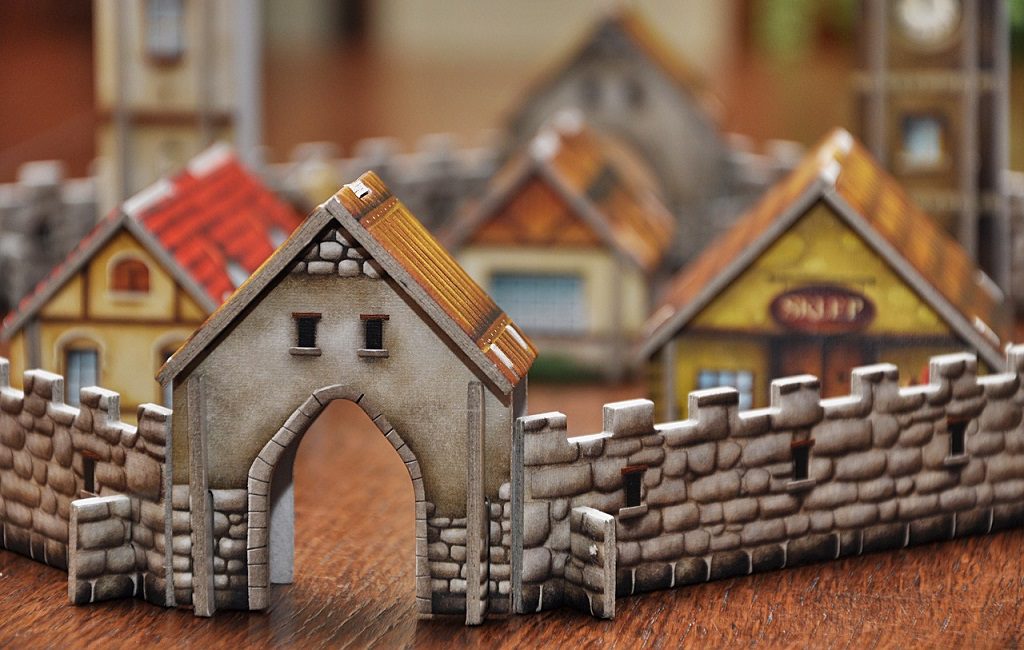
Hello, Indies, game developers and game lovers/fanatics everywhere 😀
In the previous post, we talked briefly about the game making process and the steps we will undergo in this series to make our game. This post is about the first (and most crucial) step which is ” Coming up with The Idea “. We will talk now about exactly how to do that and in the next post, I will share with you some tips and tricks along with a practical example of creating an idea. We will use the same methods and tips that we will explain here. With the same practical sense we are adopting here, the idea we will create is the same one we will execute later on. So everything is step by step.
So without further ado, let’s dig into this.
Almost everyone thinks coming up with the idea is the most crucial step in the game making process. It is true, I agree, but why is that? The answer might be – intuitively – that if the idea is great, the game will be great and people will love it. But that is not what this means and in many cases, it is not even the truth.
Okay, so if coming up with a mind-blowing idea for your game is not the most important thing then what is?
Let’s see …
1. Knowledge
Most starting devs do this backward. They think of a game idea that they would really love to play and then start learning how to do it while making it. This is simply a recipe for disaster :D. I am telling you this with great respect and sympathy. I have been there “many times actually 😀 “. Don’t do this to yourself because you will suffer if you do.
The problem with this approach is that everything you want to do, you will have to learn first. So it will take you too long to see any progress which will discourage you and eventually wear you down.
So let’s discard this BAD BAD idea and see how to do this the right way.
“DO What You Know”
Instead of suffering with what you don’t know, simply find what you do know and do it. It will be much easier and faster.
What if you don’t know anything? This could be your first attempt to do a game so now what? Well, not to worry, there is an insane amount of tutorials out there with all levels of difficulty. Pick something to introduce you to the basic stuff and then you can make a game around what you learned. (Don’t worry I’m not sending you away we are in this together 😀 )
So, to sum it up, find what you know and create an idea that uses this knowledge. It will surprise you to find how many great ideas you can create using very simple mechanics.
2. Skills
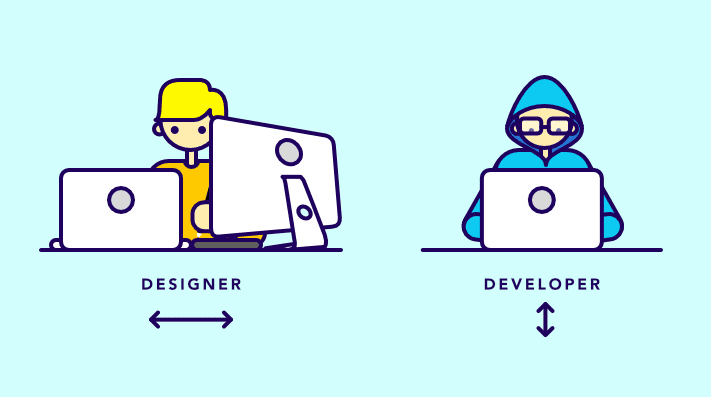
By Jason Rain
There are all kinds of skills that people have. Some people are good writers, some are good listeners and some are good painters. Whatever it is the skill you have, being good at anything means you can do it better than most people.
And since games rely on several skill sets, leaning toward the skill you are good at can make all the difference in the game you end up making.
So how do we do that? How do we use our skill sets in the best way to serve our game?
“DO What You Do Best”
For example, make a big game world that includes a lot of nice (or dark) scenery; the player would explore this world and find clues to unravel a mystery. In such a scenario you will need a lot less coding since you already built the idea around exploring and watching instead of interacting.
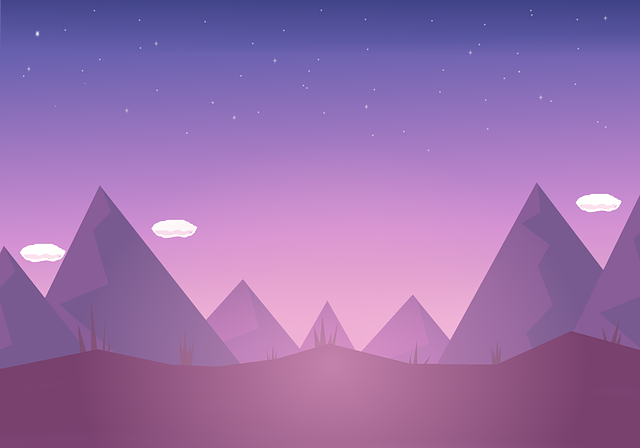
By Crissa
The same concept can apply in the other direction. If you are a good programmer but not a very good artist, design an idea that leans heavily towards programming and away from art.
For example, make a procedurally generated world based on nondescript blocks and with a little code you can allow the player to change this world, build on it, mine it or shape it to achieve certain goals in the game. In this scenario, you will need very basic art because the world is built and, later on, shaped using code.
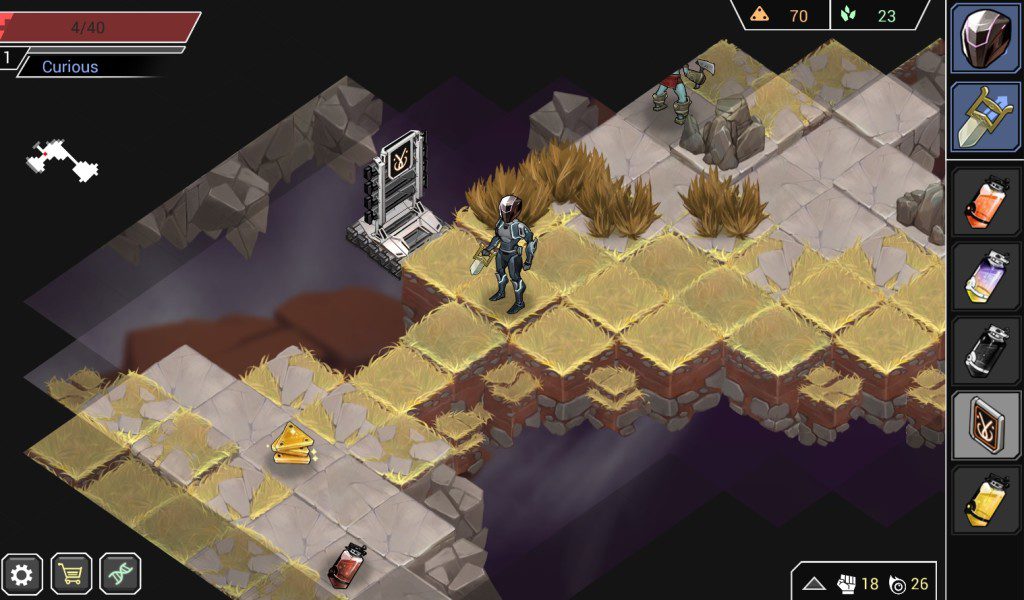
A screenshot from shattered planet. A successful example of procedural generation for all game levels. Read more on kitfox Games.
3. Scope
This is the point where ‘expectations versus reality’ situation is the clearest. That is because when you are using your imagination to think of an idea, you tend to think freely without limit. Almost like dreaming. And that is expected. Especially since the people who are doing the thinking – YOU – are lifetime game players. The games you played with many different worlds each with its own story, looks, and emotional attachment will add to your imagination.
The problem is our current technological level has not advanced enough that it can keep up with our brain speed. Not even remotely close. The idea that you can come up with in an hour can take years to finish. That is provided you have the knowledge and the skill to finish it at all! The big title games that you love so much are usually made by teams of, at least, 50+ people with professional knowledge in their fields. And it still takes them sometimes years working on such a project before it is released.
Sounds depressing? Sorry.. It is just how things are. Game development is not that easy and it takes time but it is rewarding in so many ways.
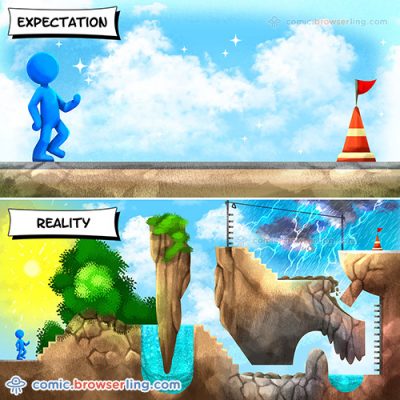
So how do we beat the fact that we are not super humans and our machines are not super machines?
“Do The Smallest Thing You Can Do”
More like the tiniest actually. Since our machines are not advanced enough to keep up with our brains, we will have to slow our brains or rather to limit it for the time being. You may think that will kill your creativity but actually, it is the opposite. It takes a lot of creativity to do something fun with very low resources and by resources here I mean knowledge, skills and most importantly time. You can increase your knowledge and your skill but you can not increase your time.
Time passes anyway and after working on your project for a year and knowing you are not even close to finishing it, you will lose faith. And consider the financial side of the problem too. Anytime you spend making your (still not profitable) game and not working on your job or your other profitable source of income will not seem after a while like time well spent.
So you have to make it quick. Ask yourself what is the smallest game I can make using my current knowledge and skills? Brainstorm several ideas, decide on one, then break it down into tasks and estimate their time one by one. Plan it to take no more than a month. If you find your estimation exceeding that then remove some of the tasks until what is left can be done in a month. If you find that you can’t do that then, maybe you need a smaller idea.
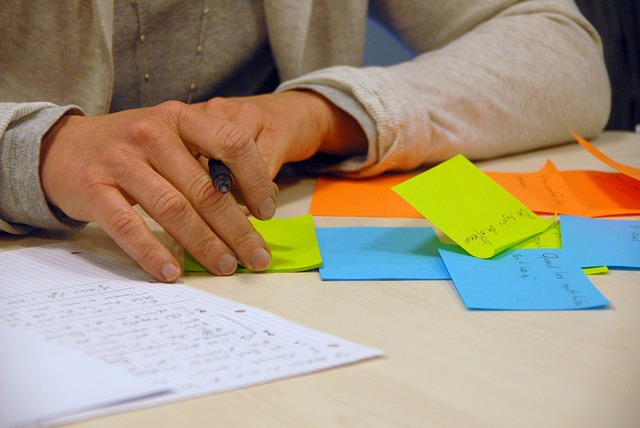
Know that most likely it will still take you more than a month to finish, unexpected situations will come up and some stuff will take longer than you estimated still, keep going. If you found that two months have passed and you are not close to finishing, then maybe it’s time to cut your losses and start anew. This time you will have some experience and you will plan your next project much better. You will feel sad about letting go of a game that you worked on for a while, but put in mind that in a couple of months you will be much better at making games and then you may decide to return to your left project and continue working on it knowing that this time you actually have the tools to finish it.
4. Faith
By the way, I know that this point does not seem specifically connected with the title “The idea” but it is at this stage specifically that we need to discuss this point before you start doing any work. Also, it’s kinda based on the idea. You will see how 🙂
When you start working on your first game, things will seem a bit overwhelming; I remember at the beginning thinking sometimes: “This shouldn’t be so hard”, “How can something so simple take so long?”, “How is it possible that they didn’t make something for this?” and a lot of other frustrating thoughts. I still have these thoughts now and then when I am tackling something feisty but it’s not so frequent now:)

At these situations and especially when you are new to this, it is very easy to lose faith and to think that maybe this path is greater than you and that you have to quit. But that is so not true.
“Do Plan Every Detail”
The first and the most important practice is to plan your project progress in detail. Start by setting milestones that represent important steps in your game progress. Then break down your milestones into points that represent the tasks you need to do to finish these milestones. Those tasks need to be very small otherwise they will lead to frustration when you take days working on one. Try to make sure those tasks can’t be broken down any further. Now you’ve got yourself a good plan 🙂
“Do Stick To your plan”
This is the hardest one to follow. With all the distractions in this modern age, it gets harder and harder to follow a schedule or to focus on finishing an important task. You may have a full-time job too which won’t make things easier. Still, you must not forget that it is your will and your will alone that will determine whether your game sees the light or not so don’t tarry 🙂
A good practice to help you be accountable is to send yourself periodic emails with your to-do tasks.
“Do Not Give Up”
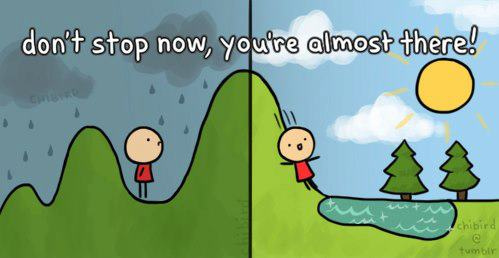
Finally, and after doing everything you can do to ensure your success in your journey, do not give up. When you encounter difficult tasks – and you certainly will – always believe that you WILL finish them and that as a result, you will gain more knowledge and skill. But to go about this the right way don’t try to solve everything by yourself. Google the problems you face and most of the time you will find great resources – and people – to help you. Also if something is too difficult you might need to find a workaround for it, or remove it altogether if it’s taking too long. Remember that the most important thing is for your baby – game 🙂 – to see the light.
Hope You enjoyed reading this post. The next post in this series we will continue talking about the idea. This time, I will share some tips and tricks then I will introduce the idea of the game we will be making together in the following posts of this series in sha’ Allah.
Share this:
- Click to share on X (Opens in new window) X
- Click to share on Facebook (Opens in new window) Facebook
- Click to share on LinkedIn (Opens in new window) LinkedIn
- Click to share on Reddit (Opens in new window) Reddit
- Click to share on Telegram (Opens in new window) Telegram
- Click to share on WhatsApp (Opens in new window) WhatsApp
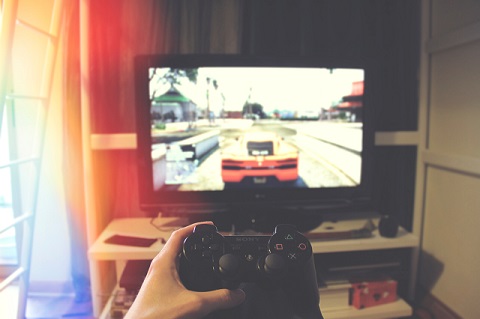
“Your creativity and dedication as a game developer inspire all of us. Keep pushing the boundaries and turning your visions into incredible gaming experiences. Your passion fuels innovation in the gaming world!”